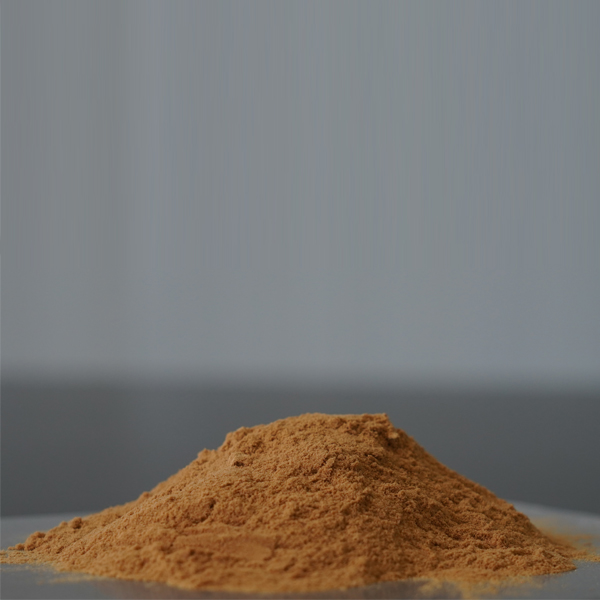
News
Dec . 26, 2024 10:27 Back to list
Effects of pH on Humic Acid Stability and Biological Activity
The Importance of pH in Humic Acid Functionality
Humic acid is a natural organic compound found in soil, composed of the decomposition products of organic matter, particularly plants. It plays a critical role in soil chemistry and ecology, contributing to nutrient availability, water retention, and overall soil health. One of the critical factors influencing the behavior and effectiveness of humic acid is pH, which can significantly affect its solubility and reactivity in various environmental contexts.
The Role of pH in Soil Chemistry
Soil pH is a measure of the acidity or alkalinity of soil, influencing various chemical processes and the availability of nutrients. pH values range from 0 (very acidic) to 14 (very alkaline), with 7 being neutral. Most crops thrive in slightly acidic to neutral soils, typically within the pH range of 6 to 7.5. Humic acids, which are typically more soluble in slightly acidic conditions, can significantly enhance nutrient transport and uptake in this pH range.
When the soil pH is too low (acidic), humic acid can solubilize beneficial nutrients such as calcium, magnesium, and potassium, making them readily available for plant uptake. In more alkaline conditions, however, the solubility of humic acid may decrease, potentially reducing nutrient availability. This dynamic interplay emphasizes the necessity of maintaining optimal pH levels within the soil for maximizing the bioavailability of humic acids and associated nutrients.
Impacts of pH on Humic Acid Structure
Humic acid consists of a complex structure comprising aromatic and aliphatic components. The protonation state of functional groups, such as carboxylic acids and phenols, within humic acids is highly pH-dependent. In acidic environments, these functional groups are more likely to remain protonated, affecting humic acid's ion exchange capacity and ability to bind with cations (positively charged ions). This interaction is crucial as it allows humic acids to stabilize essential nutrients within the soil matrix, enhancing their accessibility to plants.
Conversely, in alkaline conditions, these functional groups may become deprotonated, leading to different interactions with soil particles and nutrients. This alteration can hinder the ability of humic acids to stabilize nutrients, resulting in decreased soil fertility. Thus, understanding the relationship between pH and humic acid structure provides valuable insight into soil management practices aimed at optimizing crop yields.
humic acid ph

pH and Nutrient Availability
The availability of nutrients is closely tied to soil pH, with certain nutrients becoming more or less available depending on the pH level. For instance, elements like iron and manganese can become less soluble and thus less available to plants in alkaline soils (pH above 7). Conversely, in acidic soils (pH below 6), there may be an excess of certain toxic elements such as aluminum, which can harm plant root systems.
Humic acid can act as a chelator, binding with these nutrients and heavy metals, helping to mitigate their toxic effects while also facilitating their uptake by plants. This chelating ability is heavily influenced by the soil pH; thus, optimizing pH levels can enhance the effectiveness of humic acids as nutrient enhancers.
Practical Applications in Agriculture
Farmers and agronomists often utilize the properties of humic acids to improve soil quality and crop productivity. Soil amendments containing humic substances can be incorporated based on the specific pH of the soil. In acidic soils, application of lime can correct pH levels while simultaneously enhancing the solubility and efficacy of humic acids. In alkaline soils, integrating organic matter can aid in balancing pH and improving the effectiveness of humic acid.
Conclusion
In conclusion, pH plays a vital role in the functionality of humic acid within the soil ecosystem. Its influence over the solubility, structure, and nutritional availability of humic substances underlines the importance of regular soil testing and pH management in agricultural practices. By understanding these relationships, farmers can better harness the benefits of humic acids, leading to improved soil health and crop yields. Effective management of soil pH not only maximizes the potential of humic acids but also promotes a sustainable approach to agriculture that supports long-term environmental stewardship.
-
Polyaspartic Acid Salts in Agricultural Fertilizers: A Sustainable Solution
NewsJul.21,2025
-
OEM Chelating Agent Preservative Supplier & Manufacturer High-Quality Customized Solutions
NewsJul.08,2025
-
OEM Potassium Chelating Agent Manufacturer - Custom Potassium Oxalate & Citrate Solutions
NewsJul.08,2025
-
OEM Pentasodium DTPA Chelating Agent Supplier & Manufacturer High Purity & Cost-Effective Solutions
NewsJul.08,2025
-
High-Efficiency Chelated Trace Elements Fertilizer Bulk Supplier & Manufacturer Quotes
NewsJul.07,2025
-
High Quality K Formation for a Chelating Agent – Reliable Manufacturer & Supplier
NewsJul.07,2025
